For five decades I worked in more than 60 countries on four continents, designing, managing, and evaluating projects aimed at poverty reduction. And for those who’ve worked in foreign aid for as long as I have, it is not a surprise that the hand-wringing about the Trump administration’s attack on the U.S. Agency for International Development (USAID) focuses entirely on its humanitarian work, as if that is all that foreign aid is about. And while the loss of direct aid to people in distress is indeed lamentable, there are signs that humanitarian aid will continue under the State Department. Meanwhile, no one seems to be calling out USAID for something that in the long run is more important—its abrogation of the task of development (the “D” in its acronym). That’s important because in most cases, the more developed you are, the less you’ll need humanitarian aid. And let’s be clear about definitions here: Humanitarian aid and development aid are not the same thing. It’s the difference between providing temporary shelter for a homeless person and tackling the underlying structural, political, and economic conditions that made that person homeless in the first place. It’s the difference between fixing the problem right in front of you and fixing the cause that led to it.
Over USAID’s 60-plus years, development has become a barely visible thread connecting the agency to its original purpose. Gradually and inexorably, as an aid-industrial complex grew, USAID went from being a thoughtful, experimenting, exciting venturer into the complexities of human development to being a largely bureaucratic and technocratic delivery agency—a humanitarian FedEx. Things (food, tents, medicine, vaccines, water wells, shovels, you name it) replaced ideas. Short termism, the curse of our age in almost all sectors, infected the agency, with its imperative of “quick wins” and, to use that most telling of jargon, “deliverables.” And sadly, USAID, along with its many non-governmental organization (NGO) partners, stopped thinking deeply about how to really reduce poverty.
In its first decade, USAID, however buffeted by shifting political winds, nonetheless constantly experimented, trying to learn how to help poor countries develop. Its focus was largely economic, a belief that land reform, rural electrification, the building of roads, and especially the strengthening of a country’s institutions, would foster development. The agency also wisely invested much in human resources: In its first decade, thousands of students were brought to the U.S. for training in agriculture, management, and economics, and the seeds planted by these investments played a big role in the economic growth of Taiwan, South Korea, and Brazil, among others. The Green Revolution, which substantially reduced food insecurity in India, and the worldwide eradication of smallpox were also successes in part due to USAID involvement. And all of this happened while major crises, such as the Vietnam War, tended to push and pull the agency off any course it tried to maintain.
Still, foreign aid did not generate much enthusiasm among the general public, which has consistently exaggerated its part of the overall federal budget. In part to make foreign aid more palatable, and in part because it began to become clear to the agency that development work was harder than had been assumed, under the direction of President Richard Nixon, USAID shifted to projects that helped the poor directly, addressing their “basic human needs.” Smiling villagers sold better than attempts to foster change in a country’s institutions and its economic policy. Dealing with poverty as a condition (being poorly fed, uneducated, sick, unable to fix a leaky roof) sold better than dealing with poverty as a matter of position (how the political economy affects people, where one sits in the culture and social structure).
In 2024, economists Daron Acemoglu, Simon Johnson, and James Robinson won the Nobel Prize in Economics for showing “… the importance of societal institutions for a country’s prosperity.” Those of us with decades of foreign aid experience could only shake our heads and say DUH! We have seen first-hand how exploitative institutions and a poorly enforced rule of law can thwart growth and development. In its early days USAID understood this, at least intuitively. But by the mid-1970s as the zeitgeist shifted to “basic human needs” and a “direct-to-the-poor” approach, the more complex and demanding work of institutional change began to become an afterthought. Short, tightly focused “projects” took over, and as a recent history of the agency put it, USAID became “more trees and less forest.”
Many of us development professionals who were on the ground in poor areas could see how layered society and its institutions are, with informal, often hidden rules of the game undercutting formal ones, and how much a role culture, history, and social structure play in their evolution. (An example is the continued role of the Indian caste system in holding back millions of the poor, despite the government’s official elimination of any biases related to caste.) Some of us began to see that to help change things, our efforts would need to be iterative and open-ended, unbound by commitments to achieve quick quantifiable results.
Most importantly, we also saw how hard it would be to budget for such efforts. No congress or parliament would fund an agency that claimed not to be able to tell how much its work would cost or when it might prove successful. Since such an approach was politically unpalatable, taking the path of least resistance was perhaps inevitable. USAID’s work shifted to the margins of development, working on thousands of two- to five-year projects—drilling water wells, building village para-pharmacies, providing tools and pumps, digging irrigation ditches, holding workshops in villages to teach mothers infant nutrition, and following fads like microfinance. All these things provided real and visible benefits—but often only in the short term. Still, they sold better to our funders, including both Congress and private donors. And they made for neat budgets: A three-year community water project, to include 18 wells, 12 miles of pipe, four pumping stations, 456 valves, with benefits accruing to 740 people, for $3.5 million, is significantly less messy than an eight to twelve year long program aimed at reducing the incentives for corruption in a particular government ministry. The stories of the smiling farmer whose crop yield improved, or the woman whose $20 microcredit loan enabled her to buy more inventory for her roadside stand, made it easy to believe that something important was happening. It was considered a success when a project’s beneficiary rose above the World Bank poverty threshold of $2.15 per day to $2.74. For decades we helped poor people live a little better, without changing the contexts in which they lived. All the while, a growing number of books and articles began to show that few of these projects actually made a dent in poverty on the whole.
The project approach also led to the outsourcing of operations to NGOs, and often for-profit contractors. As USAID shifted from operations to contracting, it engendered a kind of industrial complex, replete with favorite contractors, tasked with carrying out these thousands of projects. NGOs began moving their headquarters to Washington, D.C., to be closer to the source of the money; consultant databases were formed; and seminars on how to get jobs as overseas “chiefs of party” (COPs) were launched, all while putting money into the coffers of a multitude of suppliers, including U.S. airlines and hotel chains where staff stayed while “on mission.” In 2023, the last year for which we have full statistics, USAID disbursed $6.8 billion to 1,900 contractors, 44 percent of which went to just 10 organizations. USAID itself, staffed by some 10,000 people, had become a bureaucracy with far more expertise in contracts, procurement, and compliance than development.
And so, the “D” in USAID slid into obscurity as aid became almost synonymous with humanitarian aid, which took over more and more of the foreign aid budget. In the 2024 fiscal year budget request for bilateral economic assistance, 68.7 percent was earmarked for health and humanitarian assistance while 12.5 percent—$3 billion—was for "development assistance." And that paltry $3 billion (which is a quarter of the $12 billion Americans spent on Halloween last year) does not begin to address the Nobel Prize-winning key—the strengthening and reform of institutions. Instead, it goes for still more projects of the sort we’ve been doing for years.
It is therefore not surprising that so many poor nations stagnate; too many of the 44 nations on the UN’s Least Developed Countries list have remained on it since the list began in 1971. Nor should we be surprised to see instability and economic distress on the rise in many developing countries. The number of people in Africa without electricity grew by 100 million between 2000 and 2022. Meanwhile, there are more state-based conflicts in Africa than at any point since 1946 (28 conflicts in 16 countries). A recent Wall Street Journal article on the subject points out that “many of the most-affected states were left vulnerable after failing to settle on a strong mode of governance after independence.” Institutions, again.
As conflicts spread and as economies flounder, young people with energy and guts—the seed of any country’s future—risk everything to leave. Even countries that were recently seen as being on an upward path (e.g., Tunisia, Ghana, Kenya, Ethiopia, Mozambique) are deteriorating. We see this in Asia too (Pakistan, Myanmar) and in our own southern hemisphere (Ecuador, Bolivia, Venezuela). Perhaps if the aid establishment had more bravely embraced the hard work of institutional development, many vulnerable nations would not be in such dire straits. But this would have meant a serious investment in “homework,”—that is, putting in the effort to deeply understand what is going on in a particular country. This would have meant taking one’s time, and sticking around (USAID has always seemed afraid its staff would “go native,” which is of course precisely what is needed). It would have meant experimenting with local civil society, fostering “skunk works” units within large institutions, examining the incentive structures of corruption. And it would have meant accepting that some of these efforts would fail.
Little of this would have been acceptable to the foreign aid establishment. And so we all played a role in forgetting a simple axiom: Aid without viable institutions is doomed to be ineffective; “progress” without viable institutions to continue that progress doesn’t last. Until foreign aid is firmly linked to the Nobel prize winners’ understanding of “the importance of societal institutions for a country’s prosperity,” the notion that foreign aid is a waste of time and money will be reinforced.
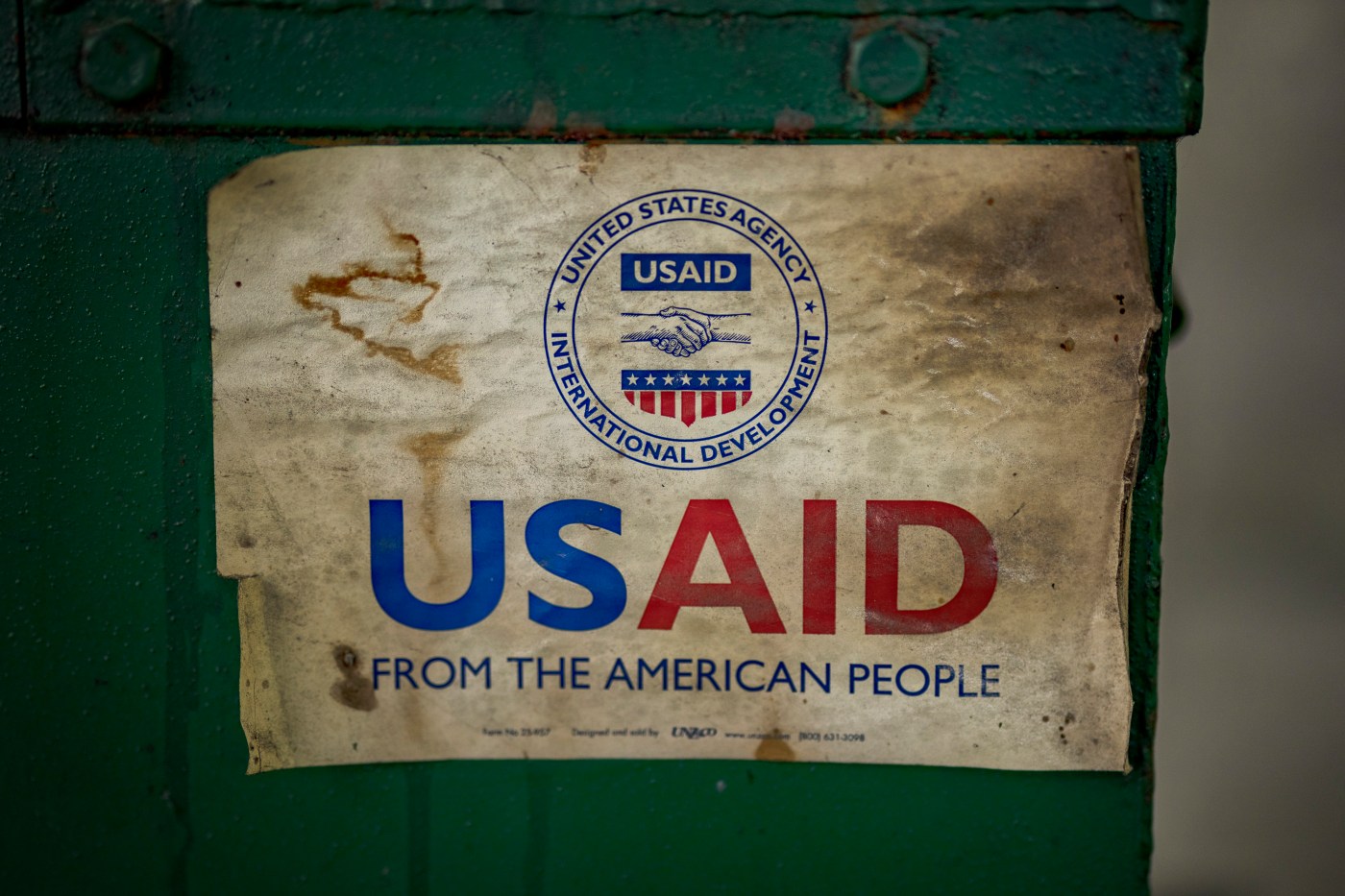
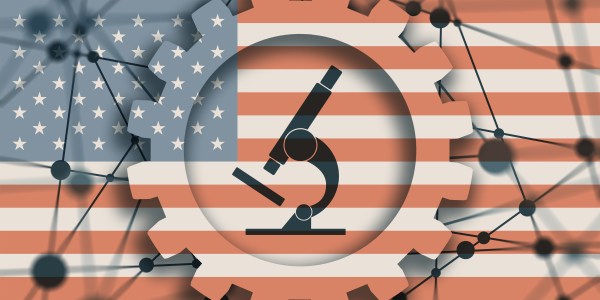
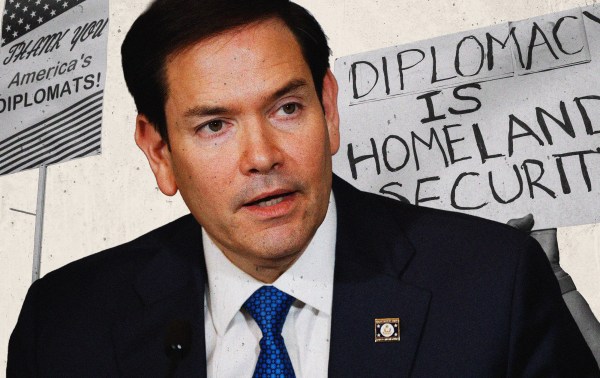

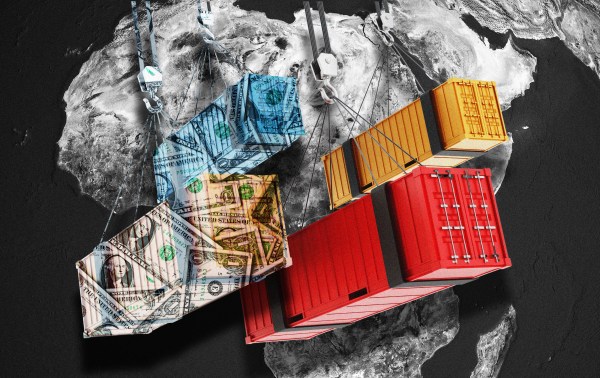
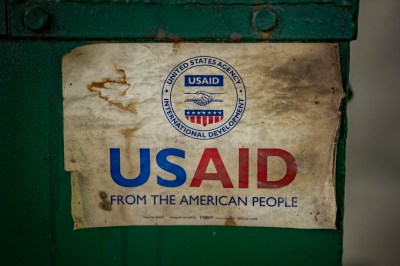
Please note that we at The Dispatch hold ourselves, our work, and our commenters to a higher standard than other places on the internet. We welcome comments that foster genuine debate or discussion—including comments critical of us or our work—but responses that include ad hominem attacks on fellow Dispatch members or are intended to stoke fear and anger may be moderated.
With your membership, you only have the ability to comment on The Morning Dispatch articles. Consider upgrading to join the conversation everywhere.